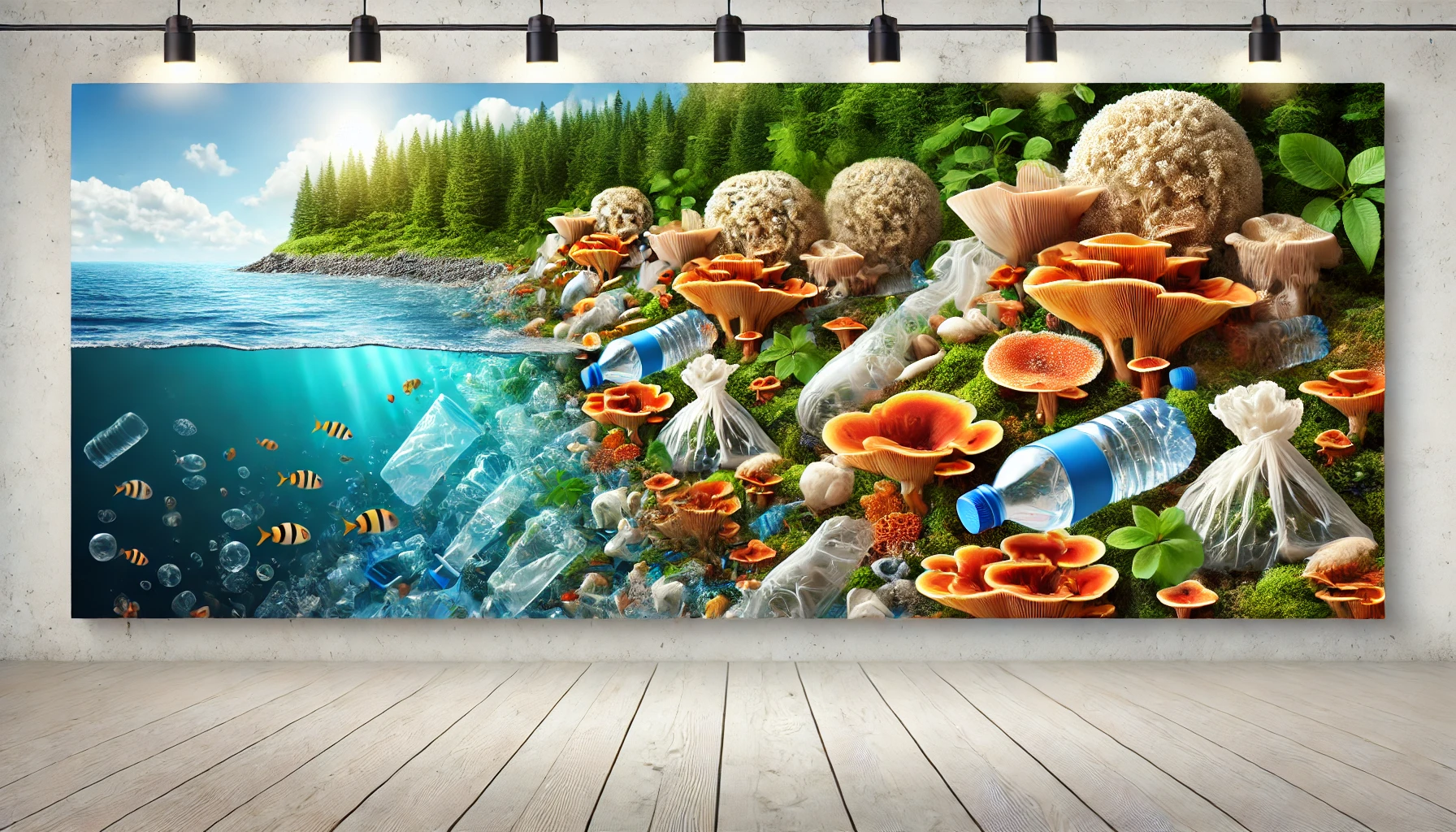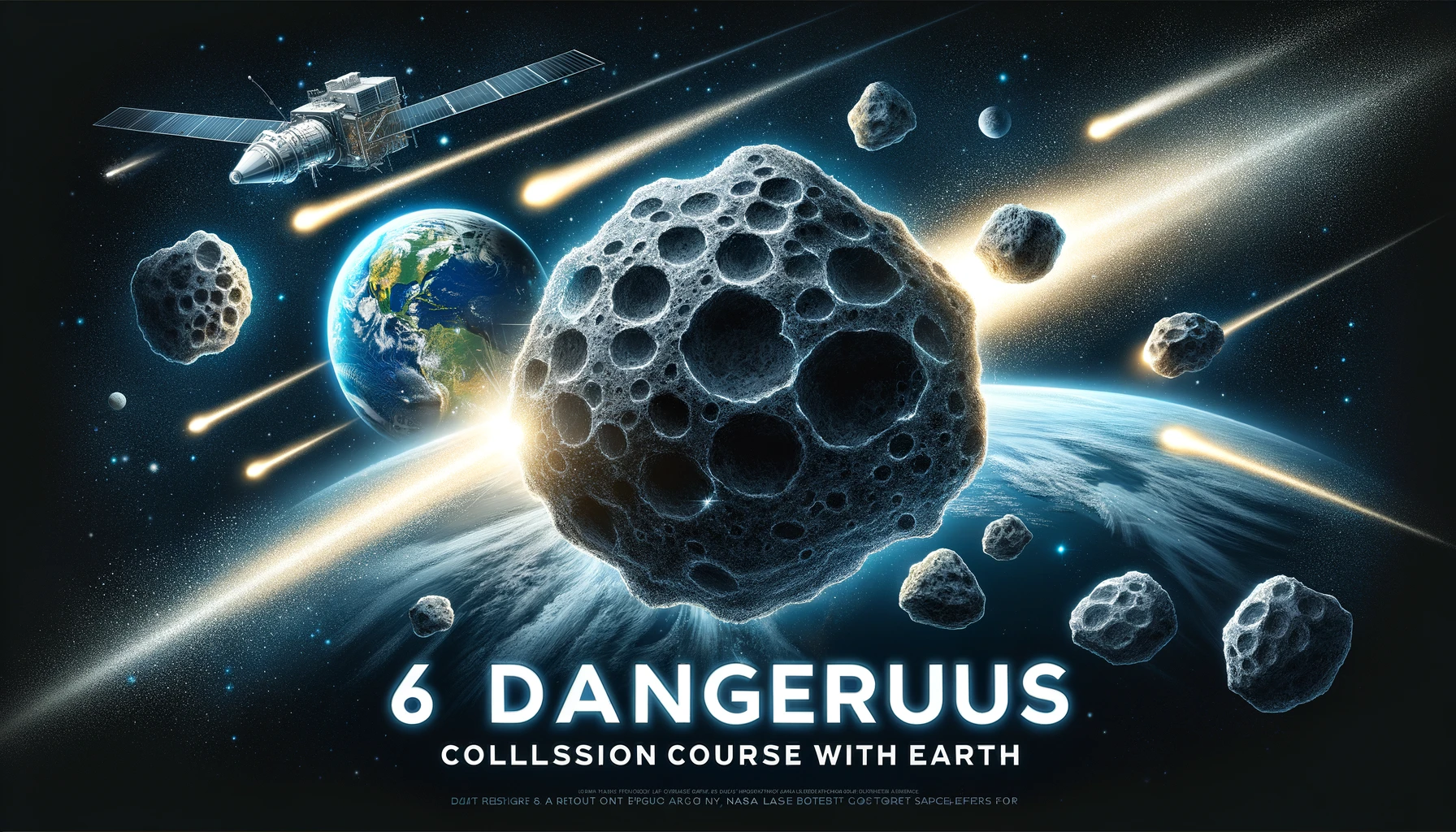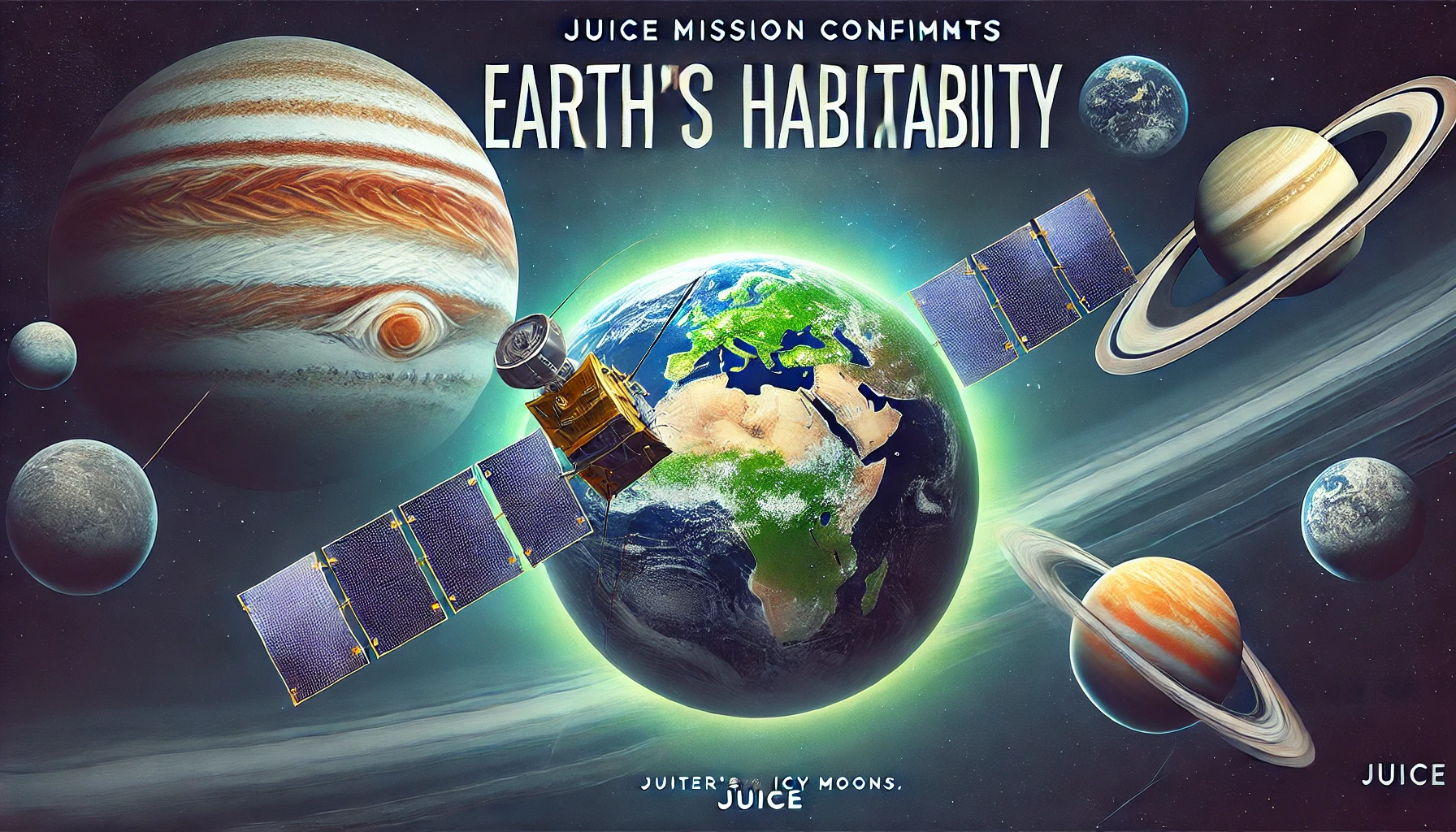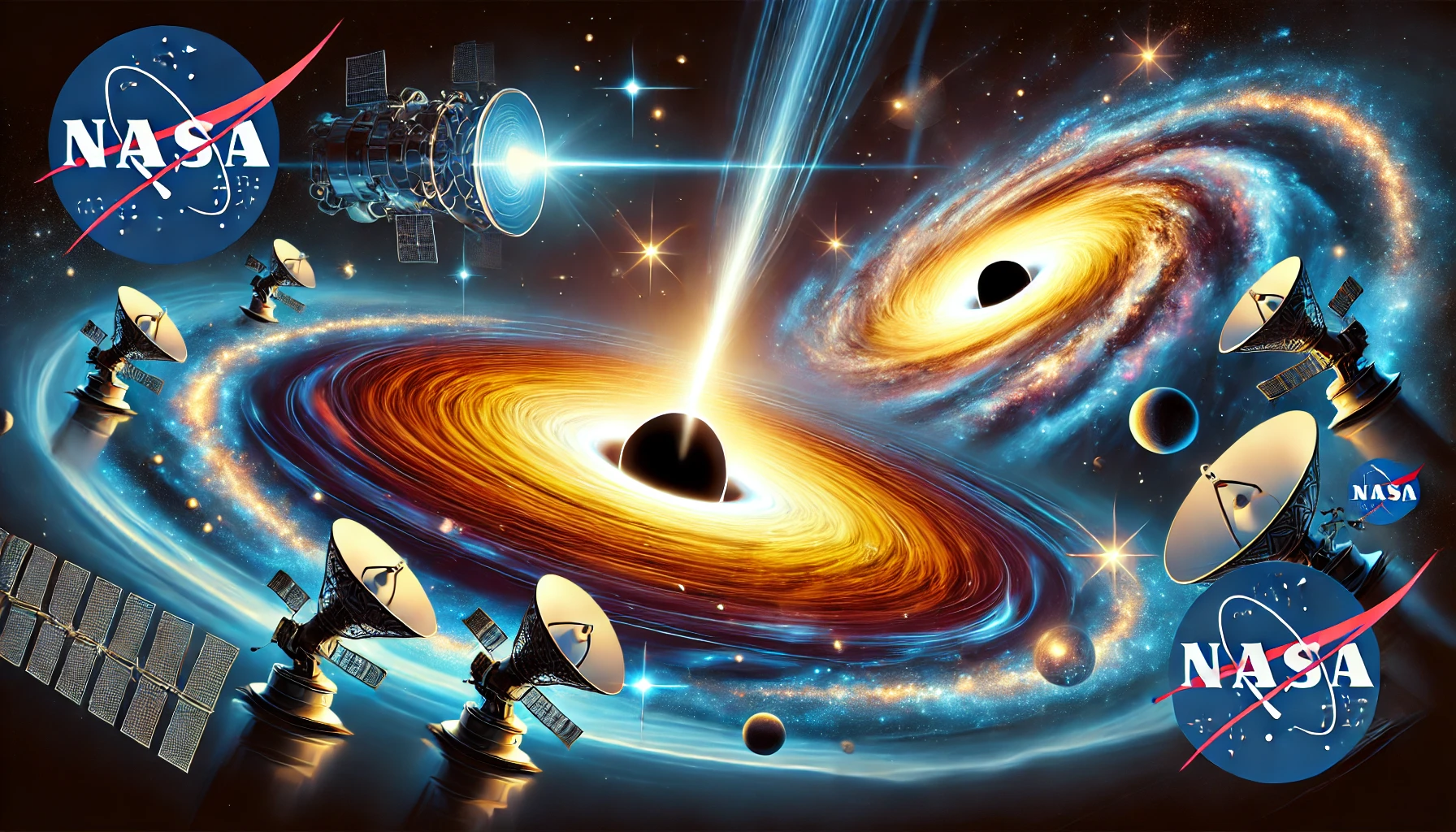Our planet is no stranger to fascinating celestial phenomena, but the upcoming mini-moon event in 2024 is particularly exciting. For a brief period, Earth will gain a temporary second moon as an asteroid called 2024 PT5 enters our orbit. While the event won’t last long, it offers a rare opportunity to learn more about the dynamics of temporary moons and their interaction with Earth’s gravity. In this post, we’ll explore what this event entails, how mini-moons work, and what you can expect during this two-month …
The vast expanse of the night sky often brings surprises for both amateur stargazers and seasoned astronomers. This year, one such surprise is the approach of Comet Tsuchinshan-ATLAS (C/2023 A3), a comet that promises to be an exciting sight. As it nears the sun in September 2024, skywatchers around the world wonder: Will Comet Tsuchinshan-ATLAS be visible to the naked eye? In this comprehensive guide, we’ll explore the comet’s path, expected visibility, and everything you need to know to catch a glimpse of this celestial …
Plastic pollution is one of the most pressing environmental issues of our time, with billions of tons of plastic waste choking our ecosystems, oceans, and landfills. But nature has its way of fighting back. One of the most promising solutions comes from an unexpected source: fungi. Yes, plastic-degrading fungi have emerged as potential heroes in the fight against plastic pollution, offering hope for a cleaner and more sustainable future. In this blog, we’ll explore how fungi that eat plastic work, the science behind fungal degradation …
What if you could stumble upon an ancient meteorite impact crater while casually browsing Google Maps? That’s exactly what happened when an adventurous camper made a surprising discovery while planning a trip. As he scanned the satellite images, a peculiar formation caught his attention. This led to the identification of a possible ancient impact crater in the Quebec region of Canada. The discovery has sparked excitement among geologists, raising questions about how many more such hidden features may be uncovered using satellite images and tools …
Asteroids are a constant presence in our solar system, and while most remain at a safe distance, some come dangerously close to Earth. As space agencies like NASA track near-Earth objects (NEOs), the discovery of potentially hazardous asteroids has raised concerns about possible collisions. In fact, six asteroids have been identified as being on a potential collision course with Earth, with the first one predicted to pass by in October. Although space experts continuously reassure us that the chance of impact is low, it’s essential …
China’s space exploration program has made significant strides in recent years, culminating in the ambitious goal of constructing a moon base at the lunar south pole by 2035. This project, which will involve advanced technologies such as moon bricks made of lunar soil, 3D printing, and a Moon-Earth communication network, underscores China’s determination to establish a long-term presence on the Moon. With the Chang’e missions paving the way and international collaborations through the International Lunar Research Station (ILRS), this plan represents China’s bold vision for …
The European Space Agency’s Juice mission is one of the most ambitious space exploration efforts of our time, aimed at investigating Jupiter and its icy moons. Before embarking on its long journey to Jupiter, however, Juice made a crucial stop—Earth. During its flyby of our home planet, the mission did more than just gain a gravitational boost. It also provided valuable data that reaffirms Earth’s habitability, studying our planet’s atmosphere from space and offering insights into what makes Earth such a unique place for life. …
Space exploration never ceases to amaze us, and the James Webb Space Telescope (JWST) is at the forefront of these discoveries. Among its many observations, one stands out not just for its scientific significance, but also for its visual intrigue—a cosmic question mark discovered in deep space. This strange object, captured by the JWST, has sparked curiosity and wonder among scientists and the public alike. In this blog, we’ll dive deep into the discovery of this cosmic question mark, explore its potential origins, and examine …
The development of SpaceX’s Starship Super Heavy rocket represents a monumental leap in space exploration technology. With the ambitious goal of enabling humanity to explore the Moon, Mars, and beyond, SpaceX has created a vehicle capable of lifting unprecedented payloads into space. Central to the success of this powerful rocket is the extensive testing it has undergone, including crucial wind tunnel testing at NASA Ames. This post delves into how NASA’s wind tunnel testing influenced the design and aerodynamic performance of the Starship Super Heavy, …
NASA’s telescopes have played a pivotal role in unraveling the mysteries of the universe, particularly when it comes to observing supermassive black holes. These cosmic giants, found at the centers of galaxies, are known for their immense gravitational pull, so strong that not even light can escape. Recent discoveries, such as a dancing pair of supermassive black holes emitting bright lights in various wavelengths, have shed new light on their behavior, thanks to advanced instruments like the Hubble Space Telescope and the Chandra X-ray Observatory. …










